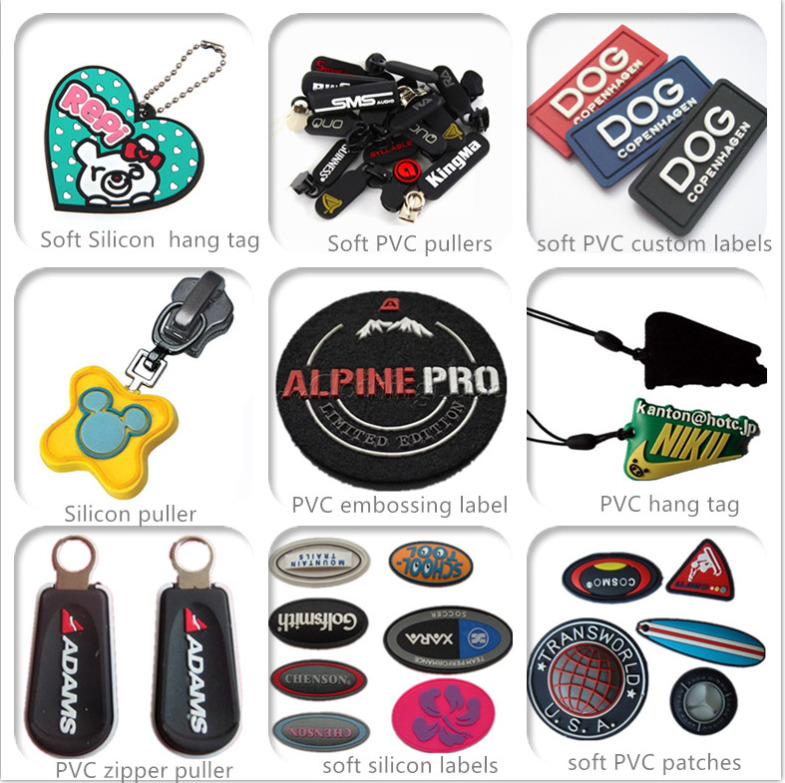Among the challenges to the development of Disu’s business, many situations are not optimistic, such as the serious impact of the global financial crisis. The unreasonable industrial structure, industry concentration in labor-intensive goods; technology-intensive products obviously lagging behind the prosperous industrial countries; the decisive role of production factors gradually weakening; high industrial energy consumption, low output rate, serious environmental pollution and increased damage to natural resources; the overall size of the company, insufficient technological innovation capacity, low efficiency of traditional industrial manufacturing, high energy consumption, backward management, etc., resulting in the development of the plastics industry is not balanced.
Therefore, in order to develop in the drip molding industry in the long run and produce efficiently, we must introduce new technologies and talents. A good drip molding does not only depend on the quality of the glue. For the pressure-time syringe drip method, many machine-related factors affect the plasticity of the drip and the formation of the glue dot. The inner diameter of the needle tip is crucial for the glue dot formation and must be much smaller than the diameter of the glue dot on the board. In principle, the ratio should be 2:1. 0.4mm ID is required for 0.7 to 0.9mm dots; 0.3mm ID is required for 0.5 to 0.6mm dots. equipment manufacturers usually provide technical specifications and operating instructions to produce the required dot size and shape. the distance between the PCB and the needle tip, or the height of the stopper, controls the height of the dot. It must be appropriate for the plastic drop volume and nozzle ID. for a given glue volume, the glue dot height to width ratio increases with the height of the plug. The typical height of a large stopper is half the inner diameter of the tip; beyond this point, discontinuous drops and threading will occur.
High-speed machines use a pressure drop cycle that allows timing to begin before the needle tip is in place. The rewind speed of the needle tip, the height of the rewind, and the delay between the drop of glue and the rewind of the needle tip all affect the shape of the glue dot and the drawn line.
After that, the temperature affects the viscosity and shape of the glue dot. Most modern dispensing machines rely on a temperature control device on the needle tip or chamber to keep the glue temperature above room temperature. However, the profile of the glue dot can be disrupted and if the PCB temperature increases compared to the previous process, this can affect the viscosity and shape of the glue dot.
This is the end of Disu’s analysis for now. Here is the recommendation of Zhen Ying’s new fully automatic production line, which can efficiently produce PVC trademark/Logo/sign, with precise control system, fully automated production process, avoiding human errors and high product qualification rate. High.

